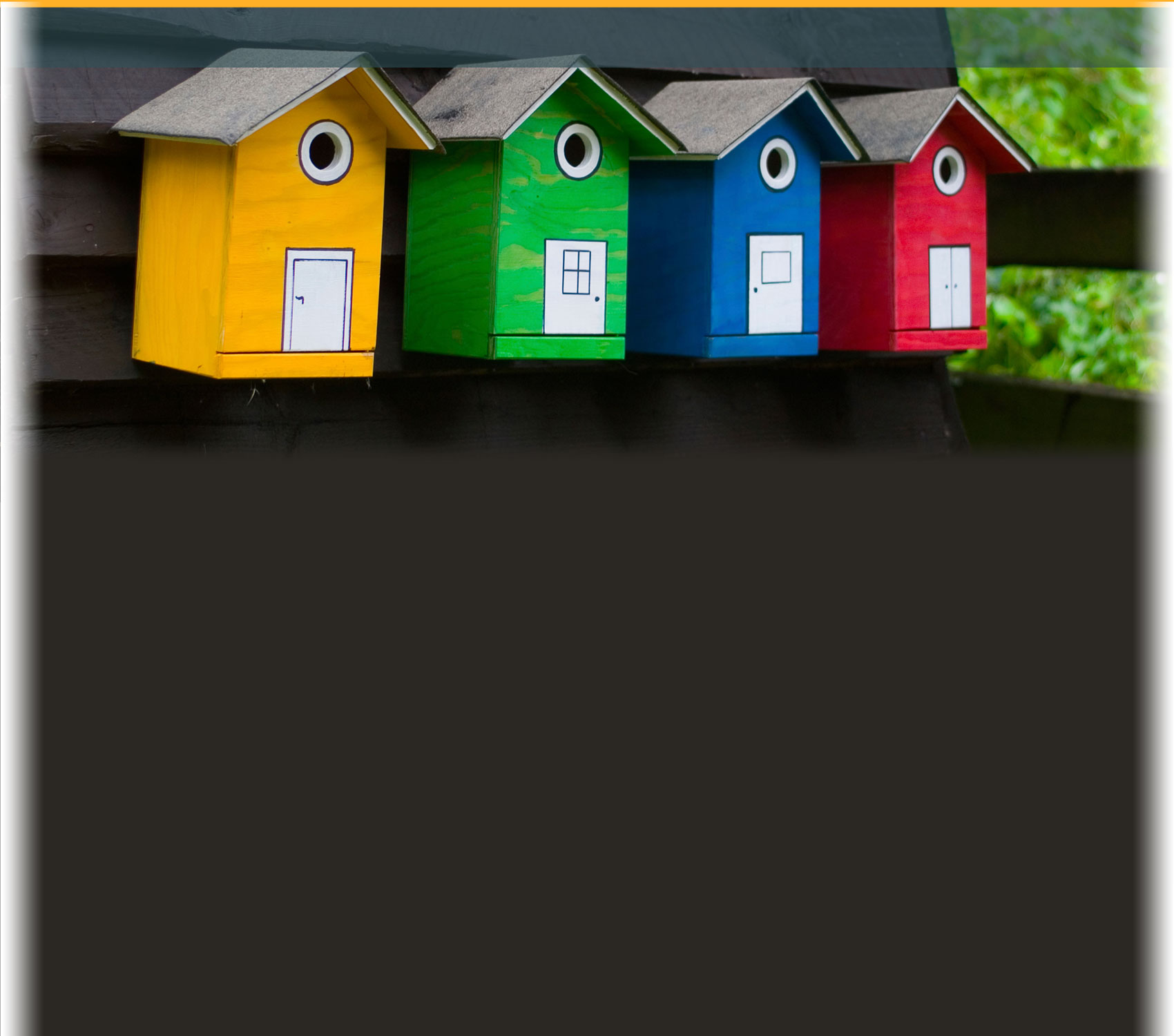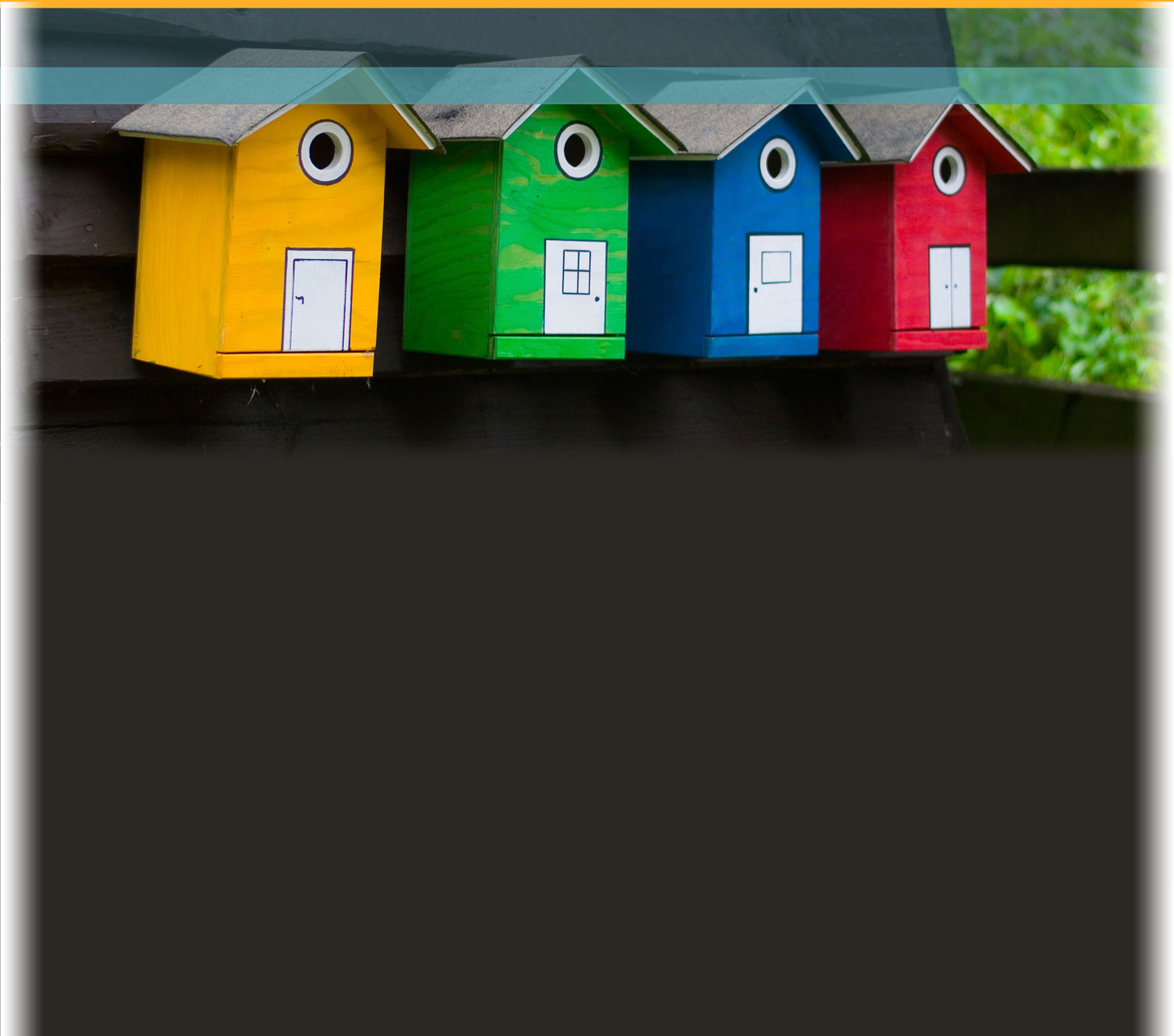- Home
-
Lesson Activities
- Introduction
- Threatened, Endangered and Extinct
- Endangered Animals Research
- Endangered Birds
- Helping Our Endangered Birds
- Resources About Endangered Birds
- Your Challenge: Design a Nest Box
- Building a Nest Box
- Building a Nest Box (continued)
- Identify Constraints
- Identify Criteria
- Select an Approach and Develop Your Design
- Design a Model
- Evaluate Your Nest Box
- Communicate Your Design
- Student Resources
- Teacher Resources
- STEM Careers
Endangered Birds
You may have noticed that several of the endangered animals mentioned in the resources you explored were birds—for example, the California condor and the sandhill crane.
 Endangered Birds
Endangered Birds
Watch this slideshow to learn more about our country's threatened and endangered birds.
 Teacher Note
Teacher Note
Go over the reasons presented in the video for birds' decline. Invite your students to talk about their experiences with birds—perhaps seeing nests, watching birds affected by oil spills on television, or putting up birdfeeders at home.
 Essential Questions
Essential Questions
- What does it mean for an animal to be extinct, endangered or threatened?
- Why are some animals endangered?
- What can humans do to protect endangered species?
 Did You Know?
Did You Know?
Did you know that an increase or decrease in bird populations can reflect the health of our environment? Read this article to learn about what bird populations can tell us about the conditions on Earth.


